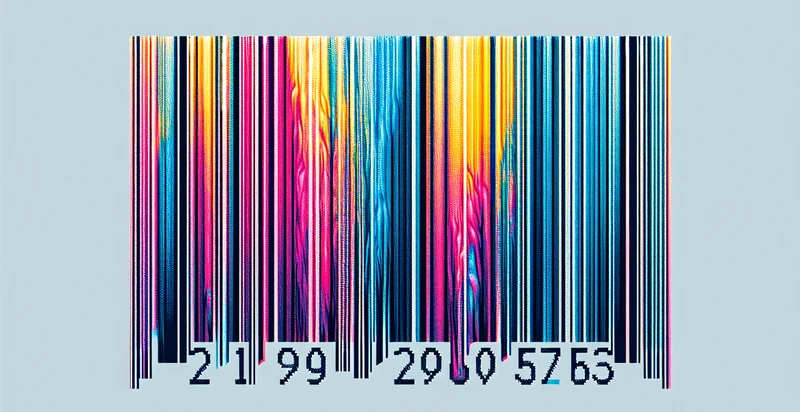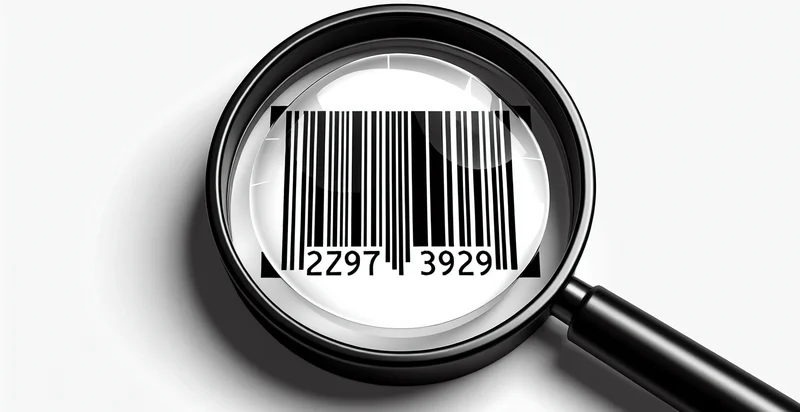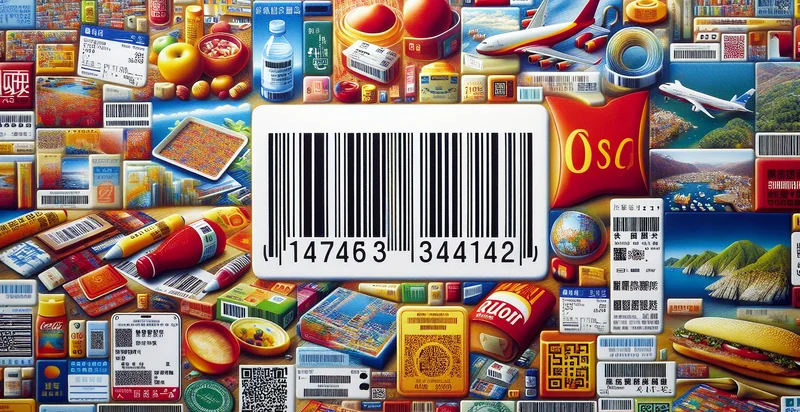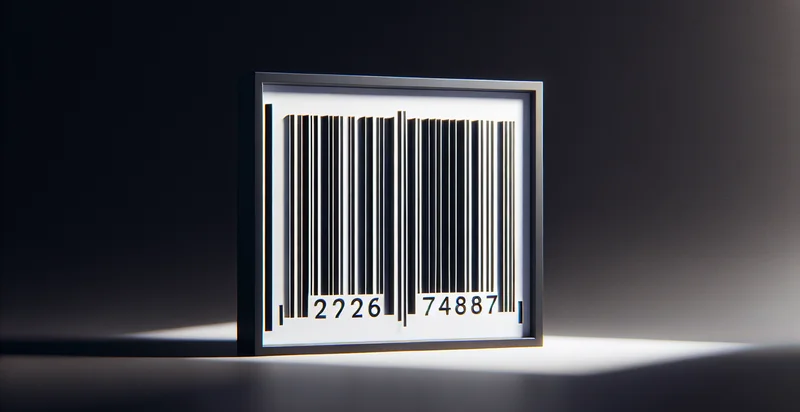Identify if barcode has print defects
using AI
Below is a free classifier to identify if barcode has print defects. Just upload your image, and our AI will predict if the barcode has print defects - in just seconds.

Contact us for API access
Or, use Nyckel to build highly-accurate custom classifiers in just minutes. No PhD required.
Get started
import nyckel
credentials = nyckel.Credentials("YOUR_CLIENT_ID", "YOUR_CLIENT_SECRET")
nyckel.invoke("if-barcode-has-print-defects", "your_image_url", credentials)
fetch('https://www.nyckel.com/v1/functions/if-barcode-has-print-defects/invoke', {
method: 'POST',
headers: {
'Authorization': 'Bearer ' + 'YOUR_BEARER_TOKEN',
'Content-Type': 'application/json',
},
body: JSON.stringify(
{"data": "your_image_url"}
)
})
.then(response => response.json())
.then(data => console.log(data));
curl -X POST \
-H "Content-Type: application/json" \
-H "Authorization: Bearer YOUR_BEARER_TOKEN" \
-d '{"data": "your_image_url"}' \
https://www.nyckel.com/v1/functions/if-barcode-has-print-defects/invoke
How this classifier works
To start, upload your image. Our AI tool will then predict if the barcode has print defects.
This pretrained image model uses a Nyckel-created dataset and has 2 labels, including Clean and Defective.
We'll also show a confidence score (the higher the number, the more confident the AI model is around if the barcode has print defects).
Whether you're just curious or building if barcode has print defects detection into your application, we hope our classifier proves helpful.
Related Classifiers
Need to identify if barcode has print defects at scale?
Get API or Zapier access to this classifier for free. It's perfect for:
- Retail Quality Control: This use case involves utilizing the barcode print defect identifier to ensure that products on retail shelves maintain high quality. By regularly scanning barcodes, retailers can identify defective labels early, reducing inventory loss and enhancing customer satisfaction.
- Supply Chain Monitoring: In logistics and supply chain management, detecting print defects in barcodes can streamline the handling of goods. Automated identification of barcode flaws can help prevent misplacements and improve tracking accuracy, minimizing delays and loss during transportation.
- Manufacturing Inspection: In manufacturing environments, integrating this function allows for real-time inspection of barcodes during the packaging process. This ensures that all products leaving the assembly line are properly labeled and can be scanned without issues, reducing returns and enhancing operational efficiency.
- Inventory Management: Businesses can leverage this technology to regularly assess the condition of barcodes during stocktaking. Identifying print defects beforehand ensures smoother inventory audits and helps in maintaining accurate records, ultimately improving stock accuracy and availability.
- E-commerce Fulfillment: E-commerce companies can implement this classifier to verify that all items are correctly labeled before shipping. This prevents shipping errors related to barcode misreads and enhances the overall customer experience by ensuring timely and correct deliveries.
- General Retail Checkout Optimization: Retailers can use the barcode defect identification in their point-of-sale systems to reduce checkout delays caused by unreadable barcodes. By highlighting defects before the sale process, they can ensure that transactions are completed smoothly and efficiently.
- Regulatory Compliance: Industries subject to strict labeling regulations can use this feature to ensure that their barcode labels meet compliance standards. Regular audits for print defects help maintain regulatory adherence, avoiding potential fines and ensuring product integrity in the market.


